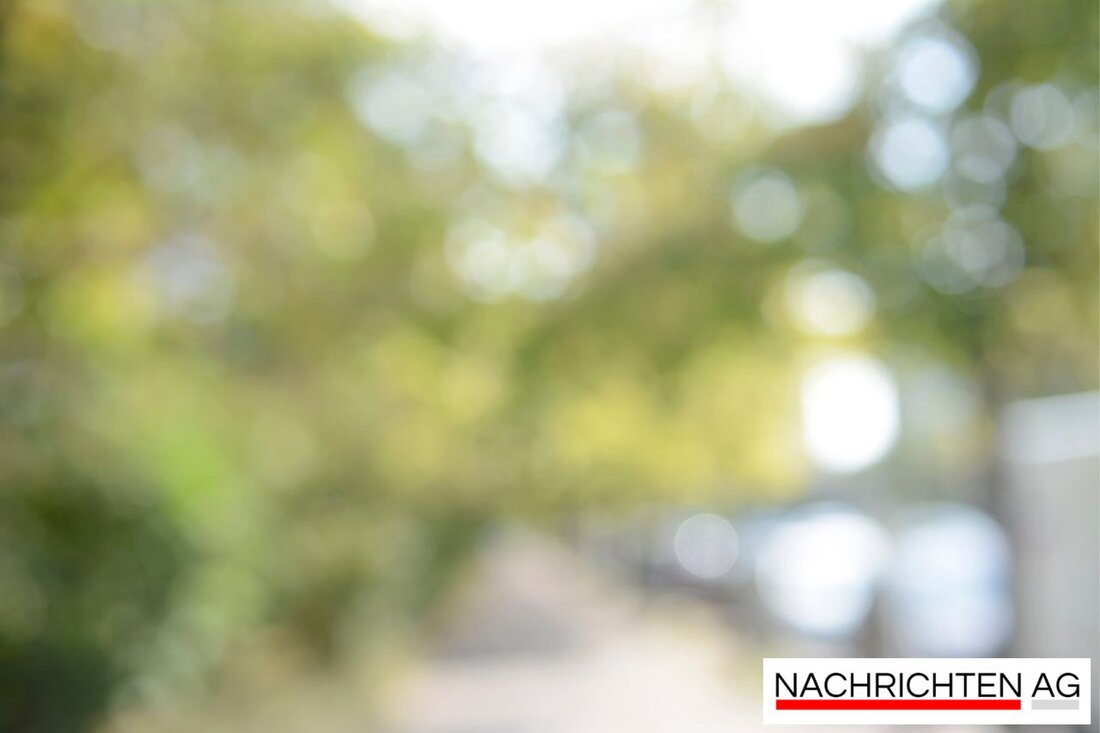Berliners are clearly against the development of Tempelhofer Feld!
On July 19, 2025, Berlin citizens will discuss the preservation of Tempelhofer Feld and present ideas against development.

Berliners are clearly against the development of Tempelhofer Feld!
The former Tempelhof Airport, which now serves as a popular local recreation area, is once again the focus of urban planning. Many Berliners already use the extensive area for roller skating and inline skating. But in the recent past, an intensive discourse about the future of Tempelhofer Feld has developed, particularly as part of an architectural ideas competition, which ultimately produced six winning concepts from 164 designs submitted. How ND Current reported, the winning projects show a clear tendency to preserve the existing structures and thus prevent extensive development.
During the presentation in Berlin-Mitte, led by Urban Development Senator Christian Gaebler and Senate Building Director Petra Kahlfeldt, the concepts were presented and immediately attracted great media interest. Gaebler emphasized that it is important to discuss the proposals openly and not to jump to conclusions. But what is particularly noteworthy is that four of the six award-winning designs completely reject development and instead focus on maintaining and further developing existing uses. These approaches also seem to be supported by the population, which was shown in the third dialogue workshop, in which over 275 randomly selected citizens took part. Even among the 80 people present, there were a majority of signatures against development.
The six winning concepts
Of the six award-winning designs, the following are particularly worth mentioning:
- Some Place Studio: Erhalt und Weiternutzung der bestehenden Bausubstanz mit neuen Ideen wie Gärtnerei und Samenbank.
- bbz landschaftsarchitekten: Schaffung eines „Parks des 21. Jahrhunderts“, der verschiedene Zonen für Sport und Erholung bieten würde.
- Raumlabor: Langfristige kulturelle Transformation bis 2050 und eine offene Fläche für Bildung und Kultur.
- Franz Reschke Landschaftsarchitektur: Konzept mit thematischen Waldhaine und offenen Wiesenbalkonen.
- De Zwarte Hond / Grieger Harzer Dvorak: Von der Planung neuer Wohnungen am südwestlichen Rand ist lediglich eine S-Bahn-Station zur besseren Anbindung zu erwarten.
- Schønherr: Ökologischer Umbau mit zusätzlichem Wohnraum, allerdings primär am Rand des Feldes.
None of the concepts envisage residential development on the eastern side of Tempelhofer Feld. Instead, planners are concentrating on a harmonious integration of nature and existing structures, which is perceived as very positive in the current debate.
Citizen participation and a look into the future
Citizens are increasingly concerned that a change in the law could force development on the field. Since the referendum in May 2014, which was intended to protect Tempelhofer Feld as an undeveloped area, there has been a struggle over its use and preservation. BUND Berlin, represented by managing director Tilmann Heuser, expressed concerns about the view of some government factions on the field as a potential building site.
September 27, 2024 also marks the tenth anniversary of the start of the largest participation process for the development of the Tempelhofer Feld. The plans are not only dependent on financial support of around three million euros from the Berlin Senate. The concepts will be discussed intensively by the public in further dialogues in September. Events such as the talk on September 14, 2024 attempt to further promote citizen dialogue and intensify exchange in order to jointly set the course for the future of Tempelhofer Feld.

 Suche
Suche
 Mein Konto
Mein Konto